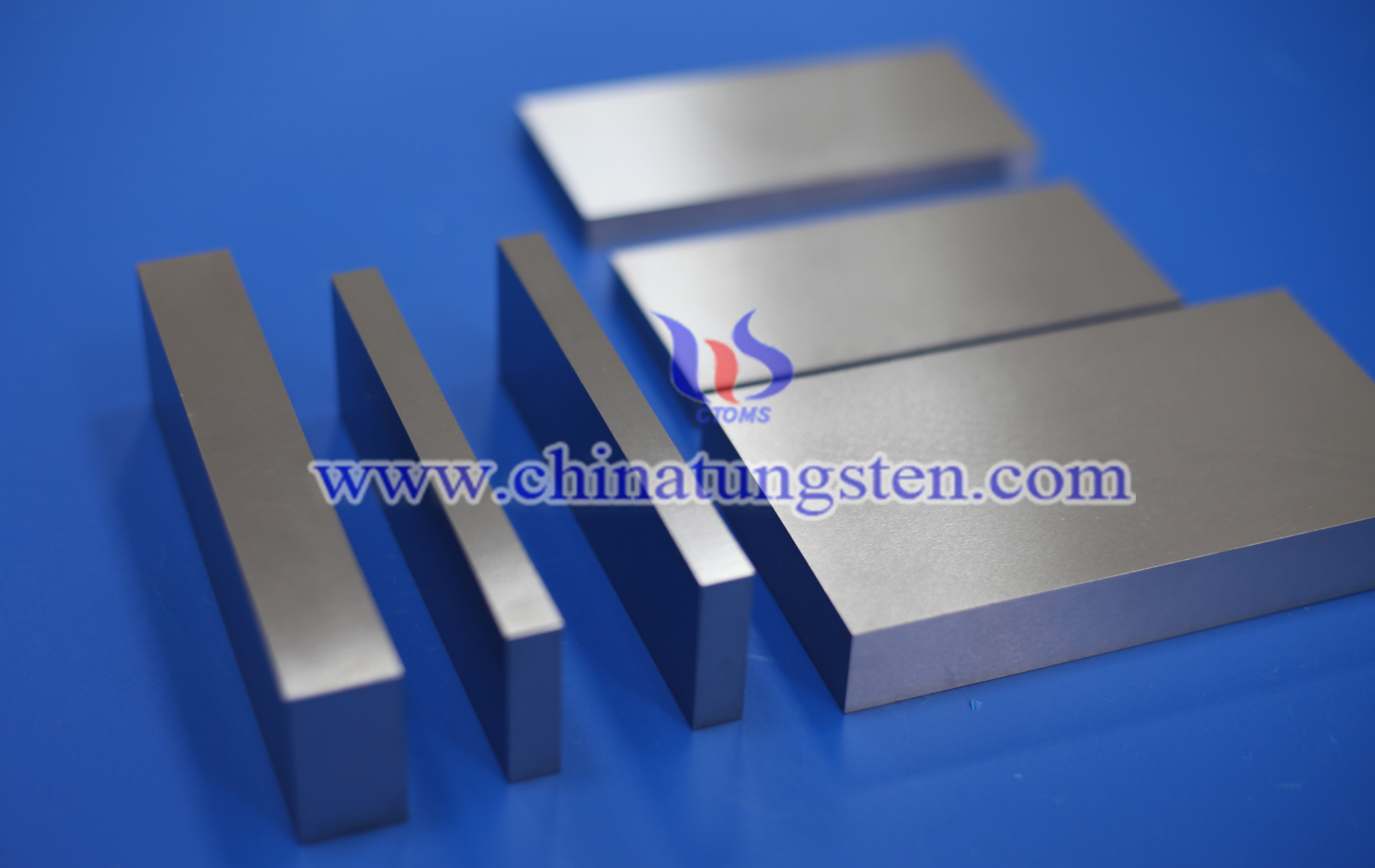
In BNCT therapy, the tungsten alloy block reflector is an important component, primarily used to optimize the quality and intensity of the neutron beam to enhance treatment effectiveness.
In Boron Neutron Capture Therapy (BNCT), the tungsten alloy block reflector is a crucial component, mainly utilized to optimize the quality and intensity of the neutron beam to improve therapeutic outcomes. Below is a brief explanation of its role and design:
Due to its high density and high atomic number properties, tungsten alloy can effectively reflect and scatter neutrons, particularly in BNCT systems, where it is used to direct the neutron beam toward the target area (typically the patient’s tumor site). In BNCT, neutrons generated by a neutron source (such as an accelerator or reactor) need to undergo moderation (slowing down) and collimation to produce thermal or epithermal neutrons suitable for treatment. The tungsten alloy block reflector is placed near the neutron source, and its primary functions are: 1. Neutron Reflection: By reflecting escaping neutrons back toward the treatment area, it increases neutron flux and reduces neutron loss.
2. Fast Neutron Shielding: Tungsten alloy has a certain capacity to absorb fast neutrons, thereby reducing non-selective damage to healthy tissues.
3. Beam Optimization: When used in combination with moderating materials (such as graphite or heavy water), it ensures the neutron energy distribution is suitable for the boron-10 (1?B) capture reaction.

In practical designs, tungsten alloy blocks are typically combined with other materials (such as lead, polyethylene, or boron compounds) to form a multilayer structure, achieving a comprehensive effect of neutron moderation, reflection, and shielding. For example, the tungsten alloy may be machined into specific geometric shapes (e.g., cylindrical or plate-like) and integrated into the beam-shaping assembly of a BNCT device.
The specific design parameters (such as the thickness, composition, and position of the tungsten alloy) vary depending on the type of neutron source (accelerator-based or reactor-based) and the treatment objectives. Additionally, the high melting point and corrosion resistance of tungsten alloy make it well-suited for prolonged use in high-temperature or high-radiation environments. 
Chinatungsten specializes in manufacturing and offering tungsten shielding. Any enquiries or questions will be warmly welcomed by email to sales@chinatungsten.com or telephone to 0086 592 5129696.